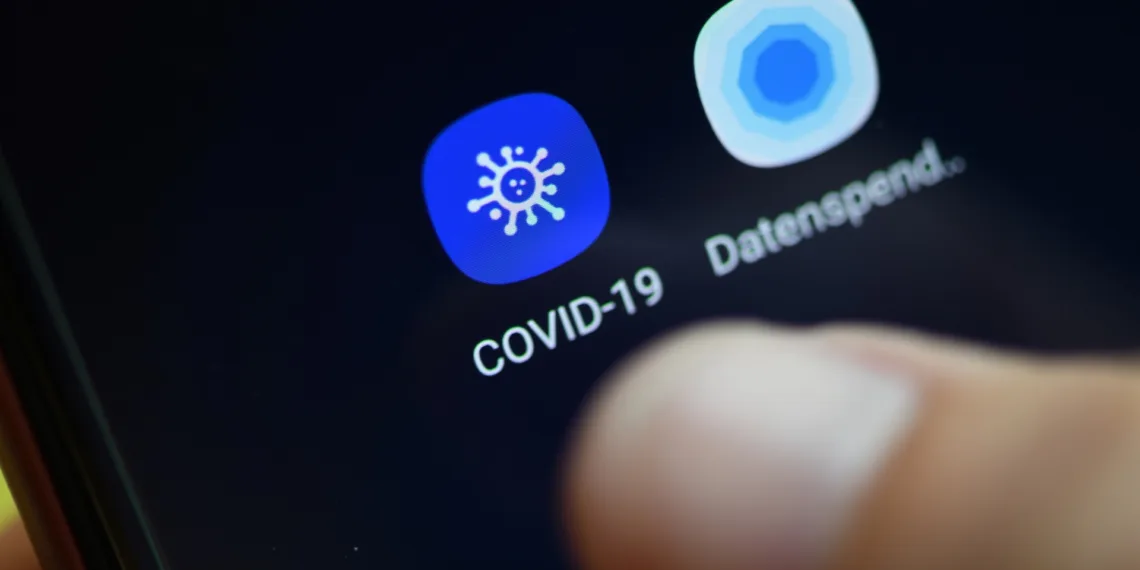Recently California launched the COVID-19 contact tracing app this week. And both the companies are quite optimistic about the new feature and claim that it is the future technology. However, things are not as the tech giants expected them to be. One thing to remember is that it is still impossible to measure technology’s effectiveness in tracing the viral transmission of COVID-19. Hence, there were only a few people who downloaded the app upon its release.
“It seems to me that it’s incumbent upon those who are behind these efforts to show evidence that they’re having some effect. So far, I’ve personally been unconvinced that there’s been any significant showing of efficacy. I’ve personally been unconvinced that there’s been any significant showing of efficacy,” stated Ryan Calo, a law professor and a director of the Tech Policy Lab at the University of Washington.
But people forget that manual contact tracing is extremely hard. The process of manual tracing is complicated, and it becomes too late to determine all the potential contacts of someone who has tested positive. However, digital contact tracing also has its problems. It depends on lots of people downloading the app. And that problem is precisely what Google and Apple are facing right now with their contact tracing service.
Google and Apple already made a big point of prioritizing privacy and security when developing the apps. They already announced that none of the information collected by the app is identifiable. Still, it is a gamble because if the amount of data they collect is reduced, it becomes challenging to evaluate how these exposure notification programs work.
It is still a debate as to whether the technology will be useful in tracking down the viral infections. But still, people need to understand that the thing which works faster in terms of crisis needs to be implemented as early as possible.








